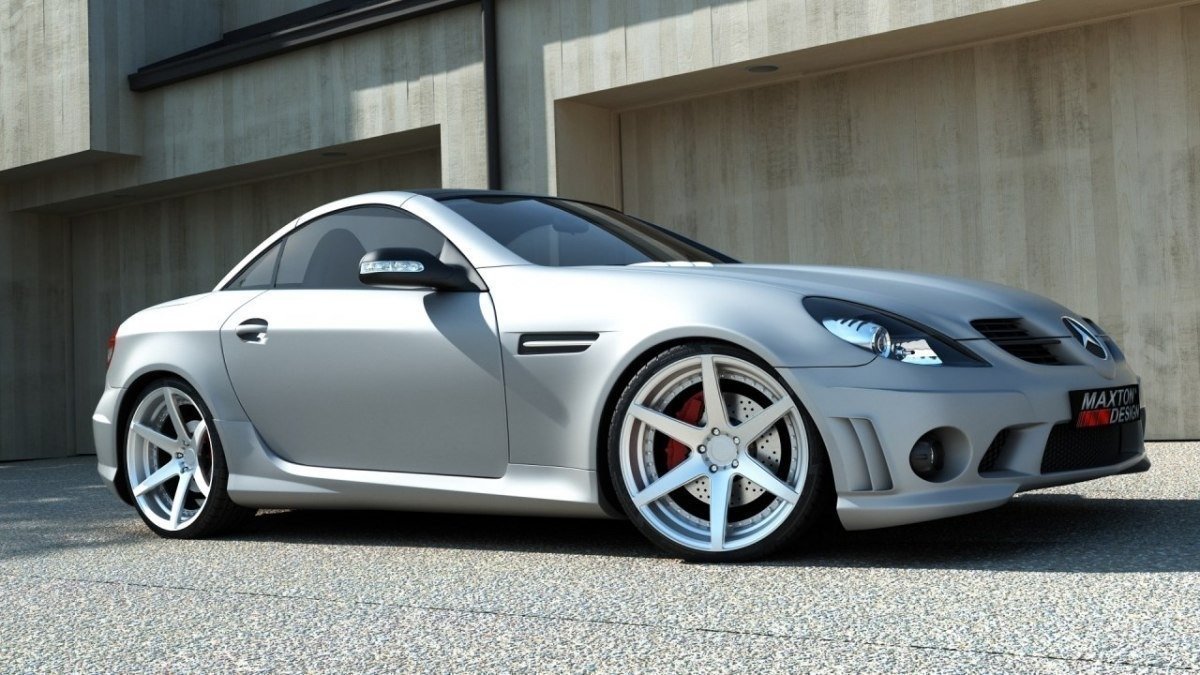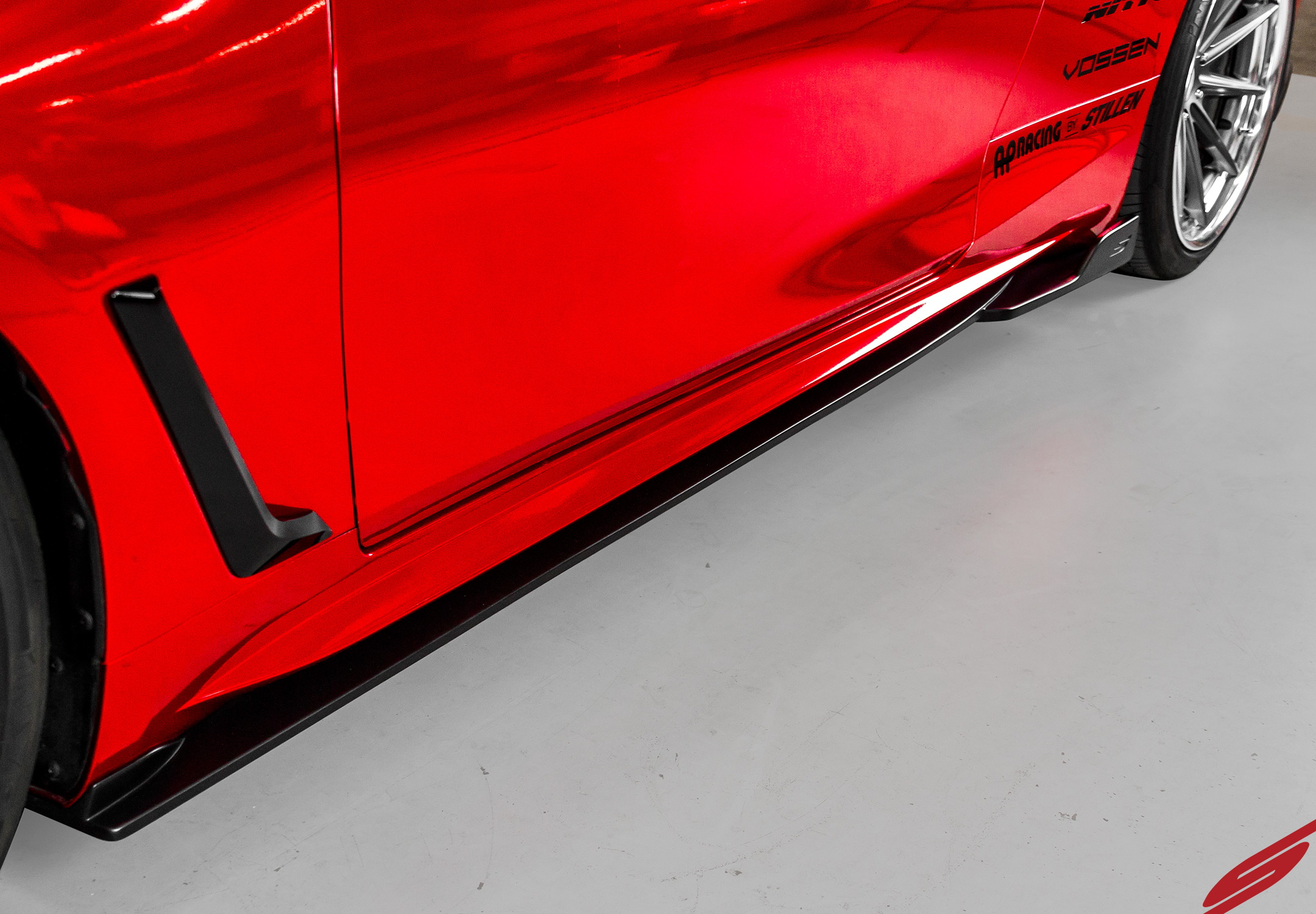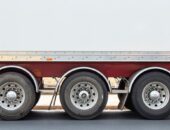If you are a proud car owner looking to spice things up with your vehicle, you might have heard about customizing your car. There are several ways to decorate your car: some people add stuffed toys and bobblehead figures for display purposes, others change their car seat covers into their favorite designs, and there are those who choose to install body kits. Body kits are among the most popular add-ons right now for car enthusiasts, as it not only adds to the aesthetic but sometimes also improves the car’s overall performance.
Installing a body kit is not as easy as it seems, though. There are a lot of things you need to learn about first to make sure that your first body kit is well worth your time and investment. In this article, we’ve spoken with Steven, an auto expert from AusBody Works, to help you identify the top things you need to know when looking for a personalized body kit.

Img Source: royalbodykits.com
How Much Are You Willing To Spend?
Like with most investments, the first thing to do before signing up for any deal is to set an approximate budget you are willing to work with. It is almost the same as when you bought your car, your budget will dictate the quality of your body kit as well.
Body kits can be made of different materials, and we will discuss the different advantages and disadvantages each has to offer later on. What you need to know is that each material will also come with an assigned cost depending on its type and quality: for instance, carbon fiber is a lot more expensive than fiberglass, and if you choose fiberglass you’ll also have to decide between resin-grade and normal-grade as the price varies depending on its manufacturing quality. Thus it is imperative that you know which material best suits your automobile to ensure that you can plan your budget better.

Img Source: carthrottle.com
The spending does not end after you’ve bought the body kit. You will also need to pay for professional installation, and it would be to your benefit if you can browse around local body shops to compare their services and prices. Lastly, consider repair costs and insurance fees, too, because installing a body kit is a long-term investment.
What Material Are You Using?
As stated earlier, different materials can be used to create a body kit. The price and quality vary depending on the pros and cons of the material. For example, a lot of novice car owners choose regular fiberglass for their first body kit. Fiberglass is a good choice because it’s the most affordable option yet relatively long-lasting. It’s good against extreme temperatures due to its good resistance to heat and cold, but it can also break easily if subjected to enough pressure. It’s a good fit for careful drivers living in hot or cold environments.
Another popular choice is polyurethane, as it builds sturdier body kit models because of its high durability and flexibility. Bumps and bruises wouldn’t normally scratch or shatter its surface, unlike fiberglass. However, this material is susceptible to warping under extreme heat, so consider that if you are living in a place where the sun usually gets too strong.

Img Source: factoryfive.com
People with minimal to no budget restriction at all tend to choose carbon fiber for their kit. Carbon fiber is high-tier material, possessing superior qualities in strength, longevity and toughness. It’s also the top choice for professional race car drivers because it’s lightweight helps lessen the pressure on the road and augments the car’s speed and overall performance further.
Which Components Are You Customizing?
You don’t need to go for a full body kit right away. Depending on your budget or preferences, you can start off by modifying a certain component of your car first. People normally start with the lip kit, which refers to a spoiler being installed along with the side skirts of your car just beneath the bumpers. It helps drivers to steer more easily by improving the aerodynamic balance of the vehicle, while also adding protection from scratches and scrapes.

Img Source: whiteheadperformance.com
Other common picks for partial kit installations include front and rear spoiler modifications, customized hoods and roof scoops. You can choose which set to buy by prioritizing which feature of your car you wish to emphasize or revamp the most, as some kits can also help improve the car’s engine efficiency.
Can Body Kits Affect Your Car’s Warranty?
Unfortunately, some companies discourage installing body kits by putting it in the insurance contracts that they count as significant modifications. What it means is that if you choose to install a body kit, there’s a chance you will find a harder time finding a company willing to insure your car.
To avoid complications like this, it’s highly recommended to read through your existing insurance documents first before thinking about purchasing any kind of body kit. Warranty is a very important property to have with your vehicle, so make sure you reach out to your local car dealers and iron out the necessary information to ensure you don’t lose out on anything.
Buying a body kit for the first time can be very exciting, but make sure you do your research first before you spend a single cent. If you need more information regarding body kits, you can come to AusBody Works and they can surely help you with all your car customization needs.




